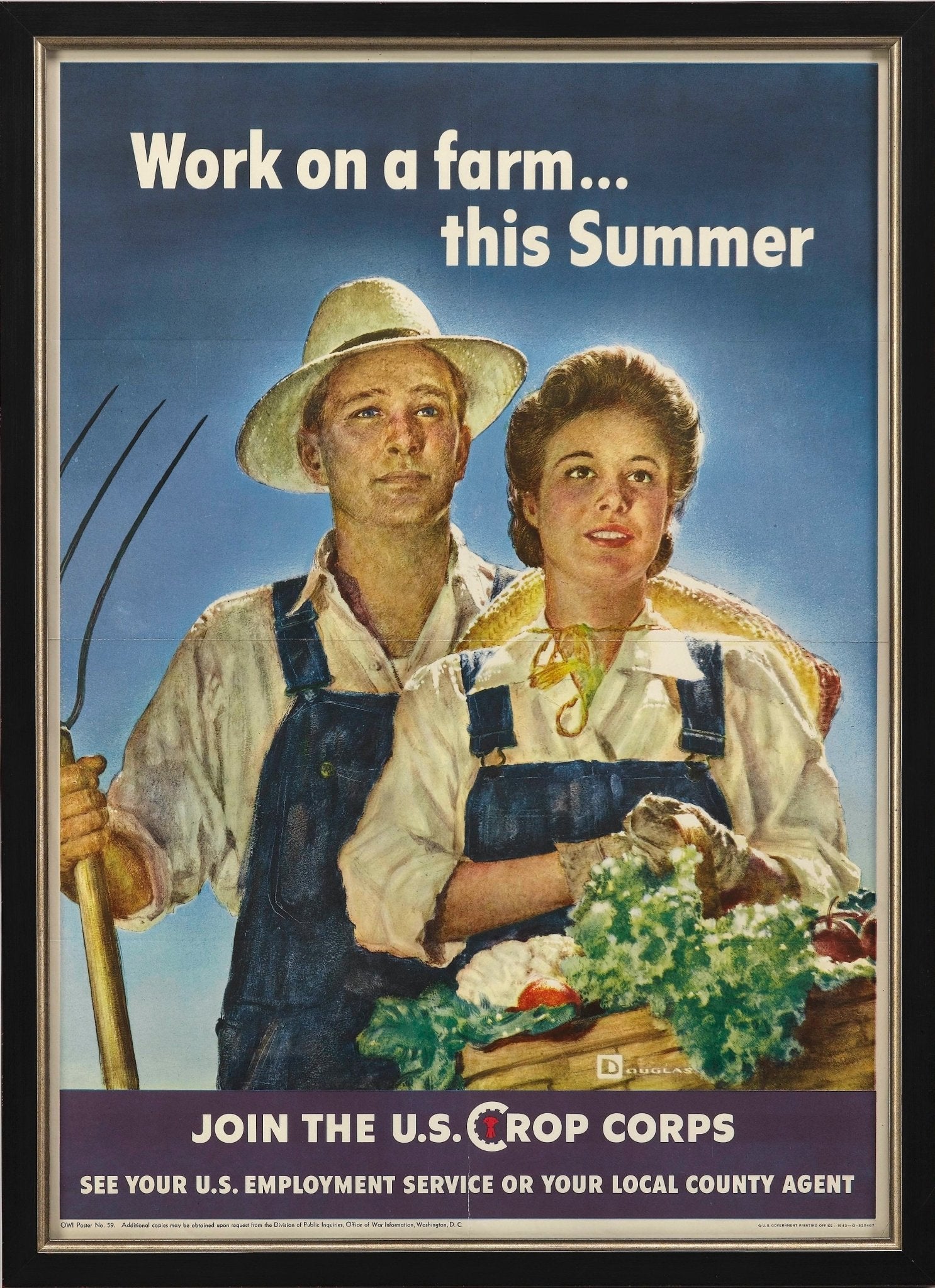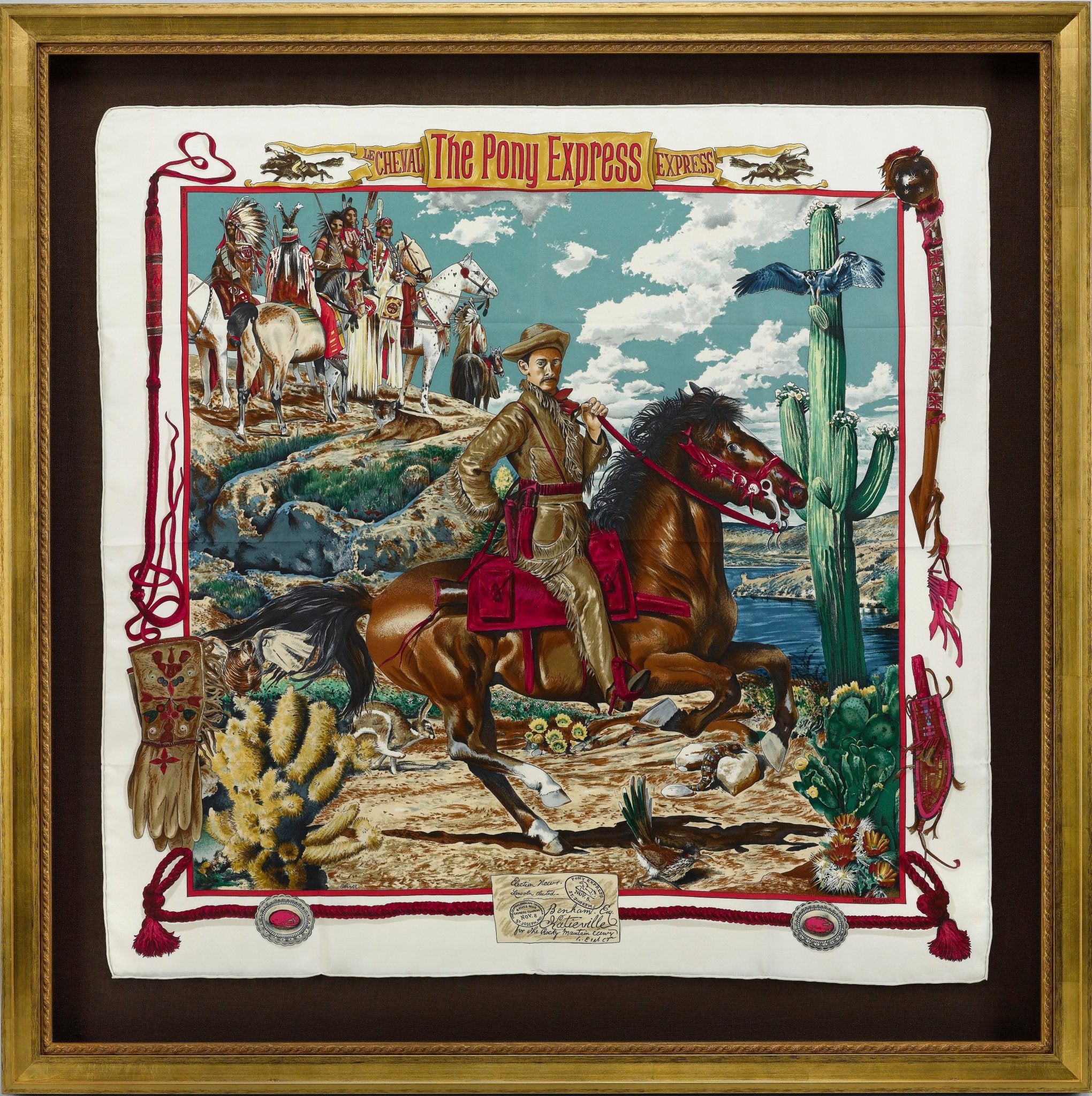American Mapmaker A.J. Johnson
Alvin Jewett Johnson (1827 - 1884), also known as A. J. Johnson, was originally a book seller who later became famous for publishing maps, atlases, and books. Born into a poor family in Vermont, Johnson received only a basic education. He worked as a school teacher for many years before moving to Richmond, Virginia. He got his start in the map industry working as a door-to-door book salesman for famous mapmaker J.H. Colton and Company. He later founded his own map publishing company, A.J. Johnson & Company, which would go on to become one of the most successful map publishers of the 19th century.
Johnson's name first appeared on maps published with Samuel N. Gaston and D. Griffing Johnson in the mid-1850s. His name also appeared on Colton's atlas maps of 1859 and 1860, along with Ross Browning. Johnson's earliest works described his firm as the “Successors to J. H. Colton and Company.” It is believed that Johnson and Browning bailed out the Colton firm financially in exchange for the use of Colton’s existing map plates. As a result, the first maps published by Johnson were mostly reissues of earlier Colton maps. Johnson converted Colton’s steel plate engravings to lithographic stones, which allowed his firm to produce more maps at a lower price point.

In 1860, the Johnson firm published its first significant work, the Johnson’s New Illustrated (Steel Plate) Family Atlas. By this time, Browning and Johnson split off, as Johnson moved to New York City and Browning stayed in Richmond. With the outbreak of the Civil War a year later, the Richmond location was abandoned and Browning’s portion of the firm was purchased by Benjamin P. Ward. There were multiple issues of Johnson’s Atlas- some including a compilation of older Johnson and Browning maps (1860–62), as well as updated Johnson and Ward maps (1862-1866). These atlases are fascinating for their documented growth of the United States during a crucial quarter of the 19th century. They show the expansion of railroads and the development of new states, counties and towns. Johnson continued to publish the Family Atlas until 1887.
Johnson maps are popularly known for their intricate detailing, delicate borders, and fine attention to detail. Shop the various Johnson maps we have for sale.






